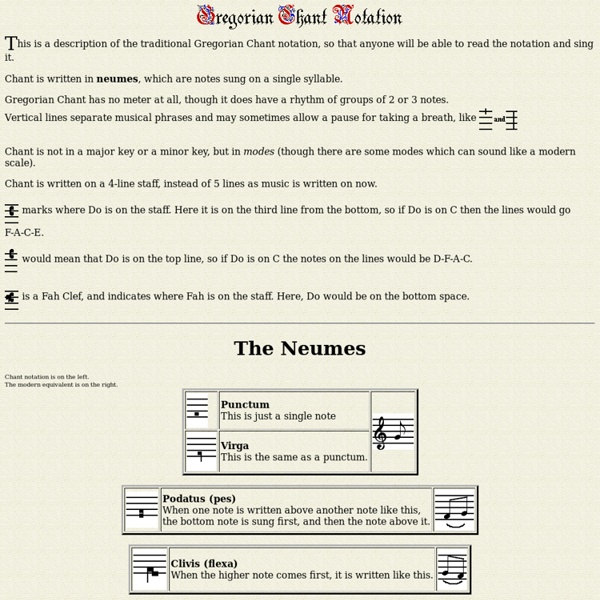Enigma – Electronic music meets Gregorian Chants
Enigma first caught my attention because of the Gregorian chants they integrated into their music, especially on their third album Le Roi est Mort, released in 1996. But I have to admit that my favorite CD remains McMxc A.D. in which they succeeded in combining electronic music, electrical guitars and Gregorian chants! Rather than a band, Enigma is a musical project that mixed electronic music with traditional elements from the beginning. Imagine a time when the music world just got used to synthesizer beats!
The Gregorian Chant History
The Gregorian chant is the oldest musical manifestation of the Occident and it has its roots in the songs of the old synagogues, since Jesus Christ`s times. The first Christians and disciples of Christ, were converted Jewish that, persevering in prayer, continued to sing the psalms and songs of the Old Testament as they were used, although with other sense. As long as the Greek, not Jews and Romans were also becoming Christian, elements of the music and the Greek-French-Roman culture were being included to the Jewish songs. The formation period of the Gregorian chant includes the centuries I to VI, reaching the peak in the centuries IX, X and XI, beginning of the Medium Age; it begins, then, its decadence.
Gregorian Chant
Help support New Advent and get the full contents of this website as an instant download. Includes the Catholic Encyclopedia, Church Fathers, Summa, Bible and more — all for only $19.99... The name is often taken as synonymous with plain chant, comprising not only the Church music of the early Middle Ages, but also later compositions (elaborate melodies for the Ordinary of the Mass, sequences, etc.) written in a similar style down to the sixteenth century and even in modern times. In a stricter sense Gregorian chant means that Roman form of early plain chant as distinguished from the Ambrosian, Gallican, and Mozarabic chants, which were akin to it, but were gradually supplanted by it from the eighth to the eleventh century. Of the Gallican and Mozarabic chants only a few remains are extant, but they were probably closely related to the Ambrosian chant.
Why is chant called Gregorian?
That "Gregorian" chant was named for and credited to Pope Gregory I (r. 590-604) is an accident of politics and spin doctoring. Tension between the Pope (the Bishop of Rome) and other Bishops regarding the authority of the Pope as "first among equals" was matched by tension between the Pope, as spiritual ruler of Rome, and Rome's secular rulers. This tension was an off and on thing until as late as the 15th century, when the "Conciliar Conflict" (c. 1409-1460) pitted the power of the Council of Bishops against the power of the Pope and Cardinals. Gregory I has been credited with many things, including the writing, collecting, or organizing of the body of plainchant in use at the time, as well founding the first singing school (Schola Cantorum) in Rome to train singers for the church, organizing the church's annual cycle of liturgical readings, and first establishing the church's authority over the secular rulers of Rome. Whether he actually did any of these things is questionable.
Mac OS X Server
on the World Wide Web "in omnem terram exivit sonus eorum, et in fines orbis terrae verba eorum" Psalmus 18:5 [RSV 19:4] The Return of the Tridentine Mass On July 7, 2007, Pope Benedict XVI issued the Apostolic Letter motu proprio Summorum Pontificum , which permits most priests to celebrate the Roman Missal of 1962 (the last edition of the Tridentine Mass issued before Vatican II) without obtaining special permission. The pope also made it much easier for lay people to attend such a Mass if they wish. The motu proprio itself was issued in Latin; the text can be found here .
Gregorian chant
Gregorian chant is the central tradition of Western plainchant, a form of monophonic, unaccompanied sacred song of the western Roman Catholic Church. Gregorian chant developed mainly in western and central Europe during the 9th and 10th centuries, with later additions and redactions. Although popular legend credits Pope St.




This is the was way you can read a chant. As a chant is writtin in neumes, and notes on single syllable. This is extremely interesting. by mhshappygirls Sep 12